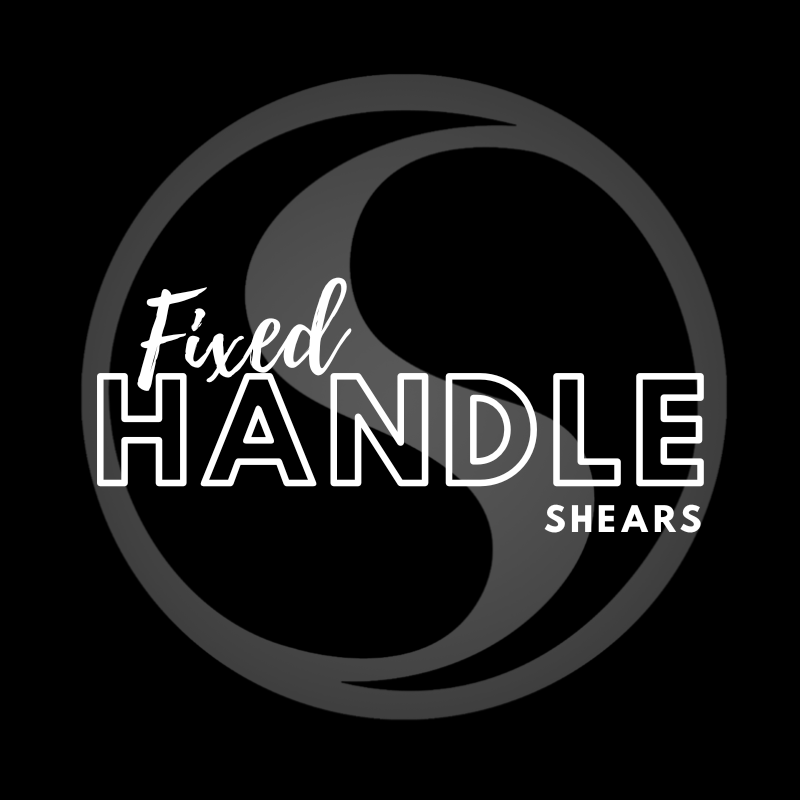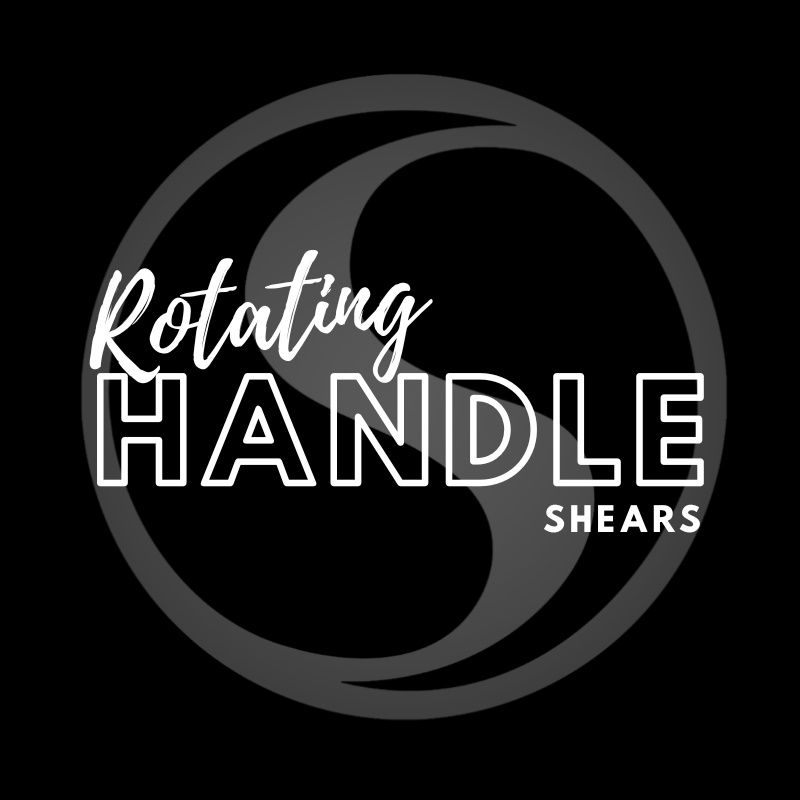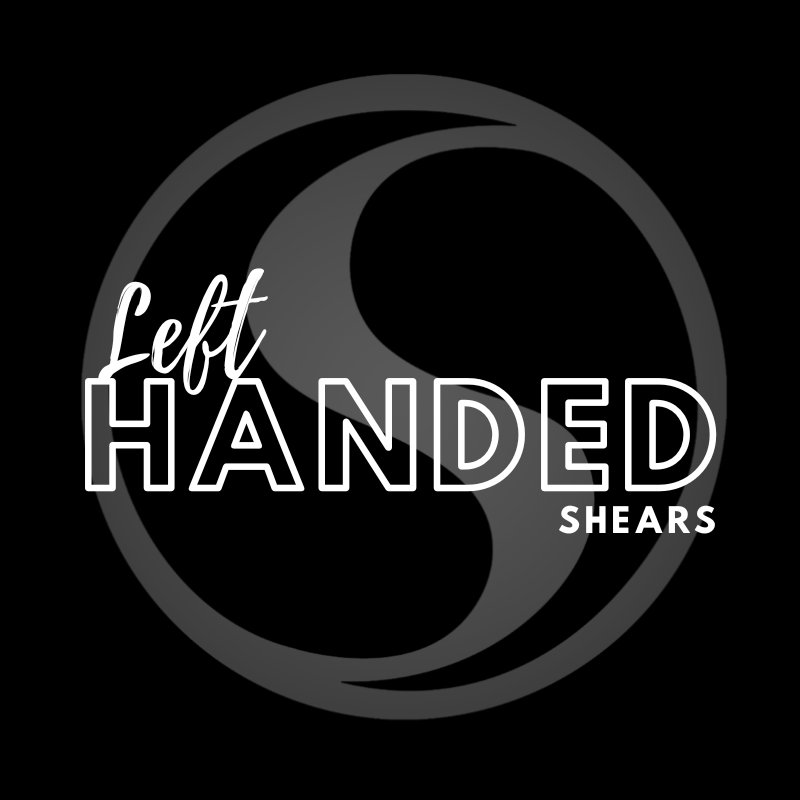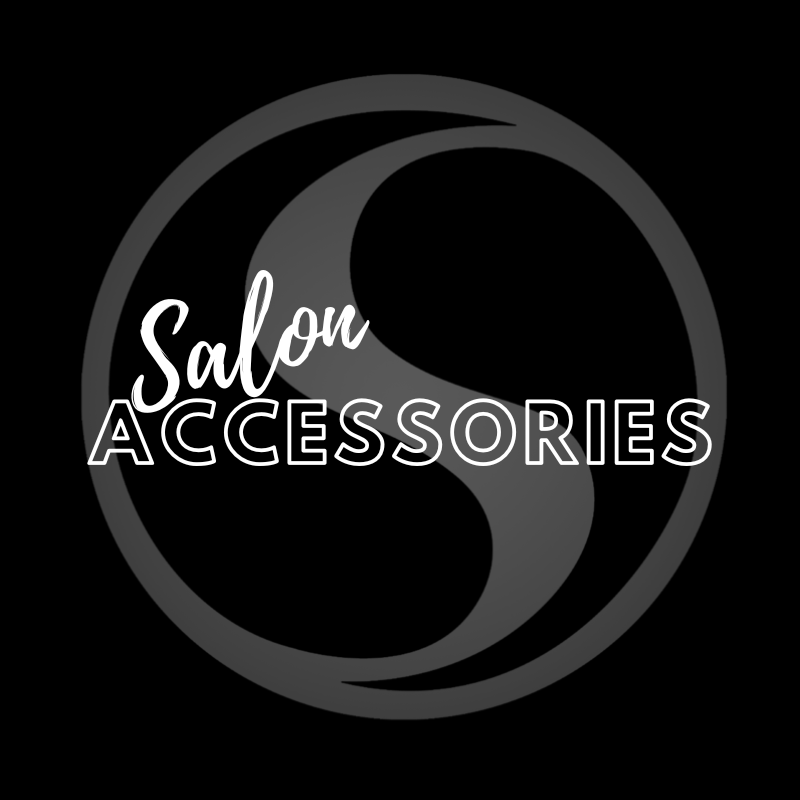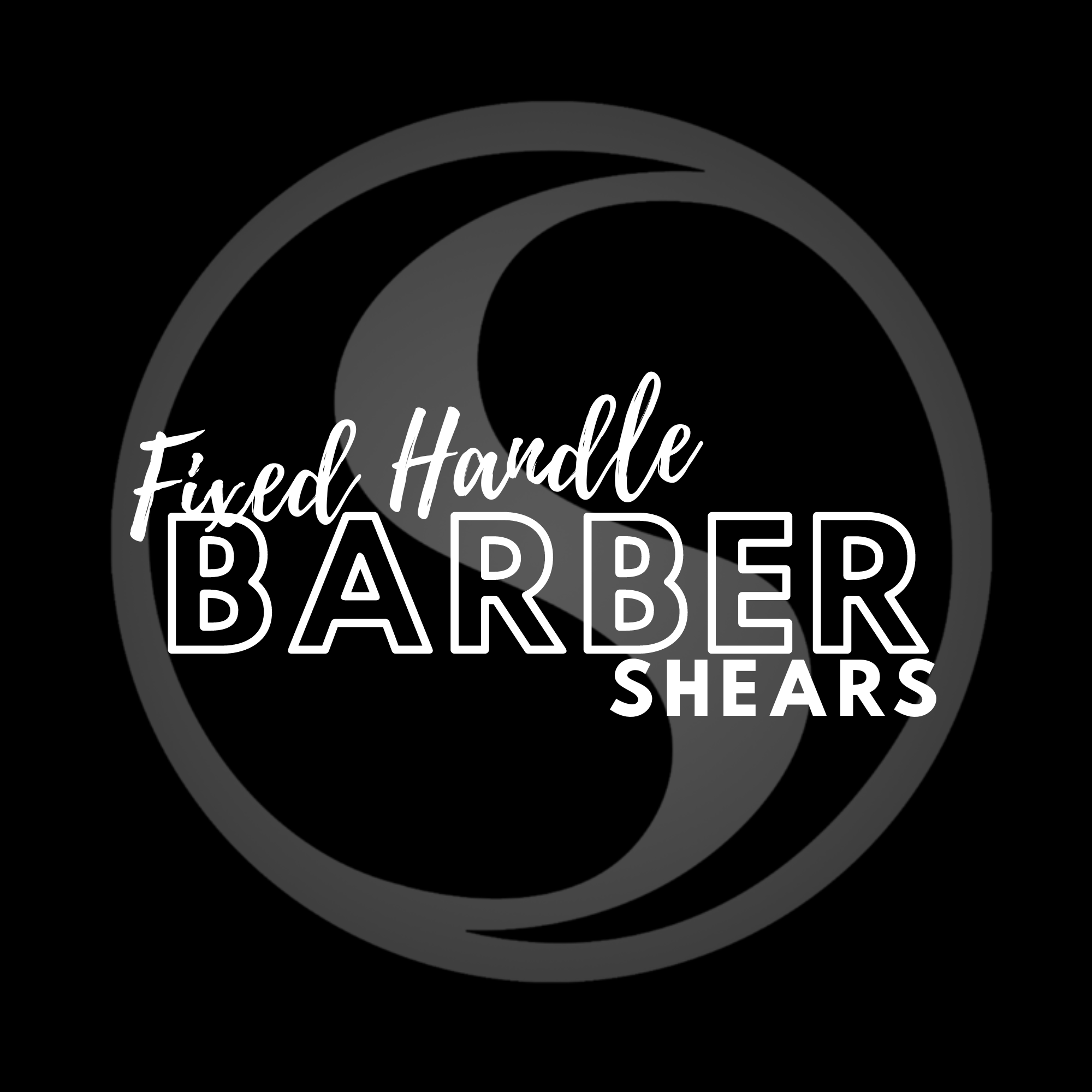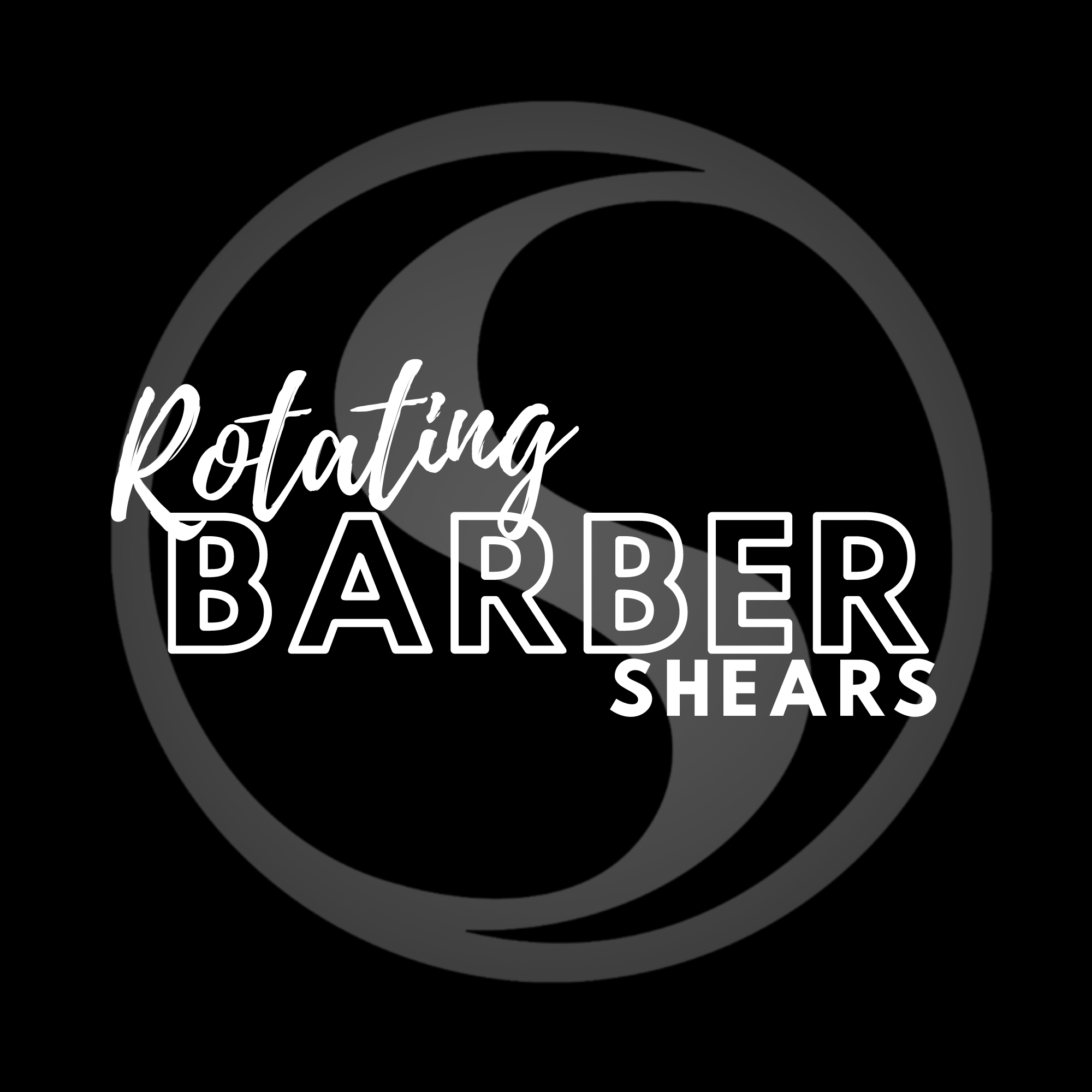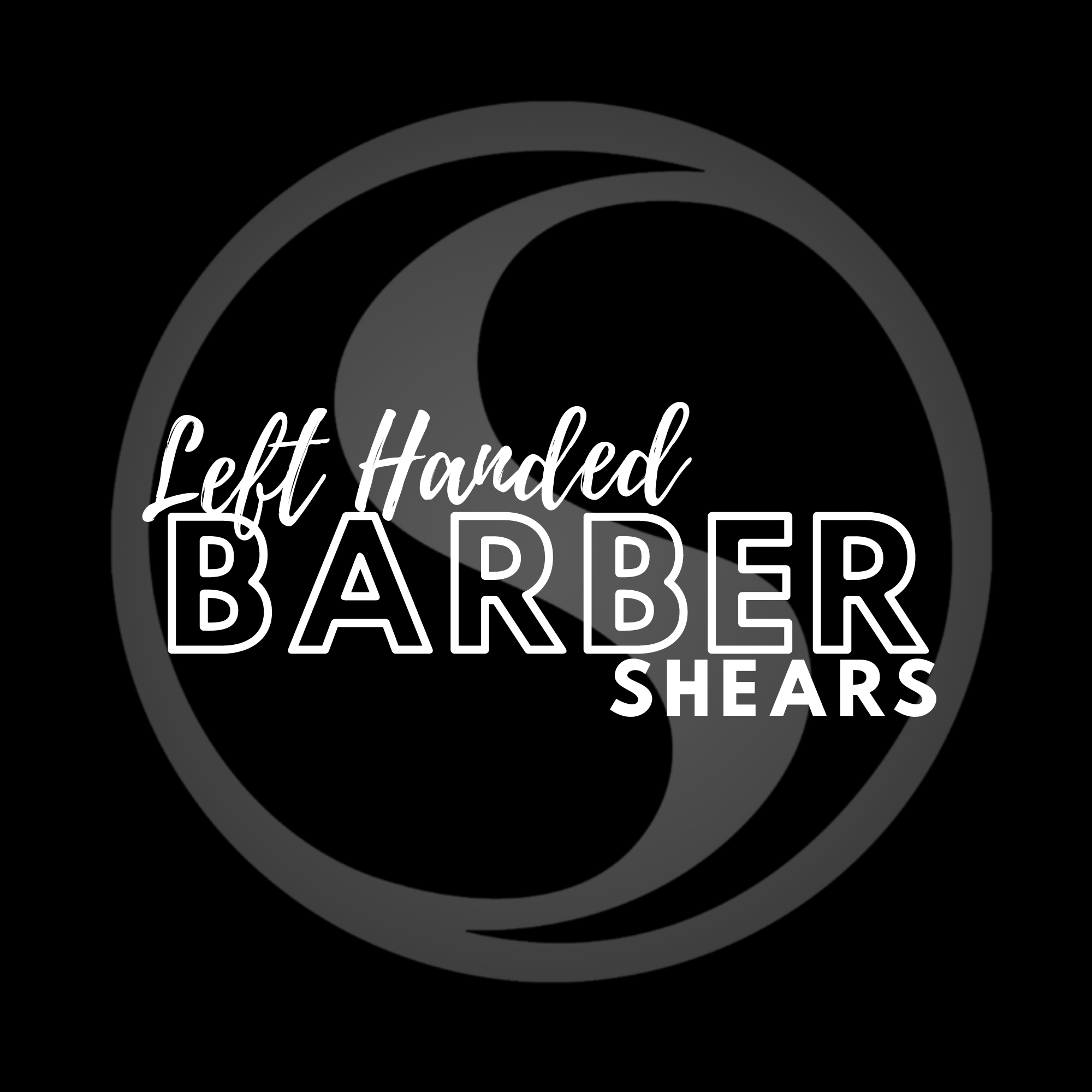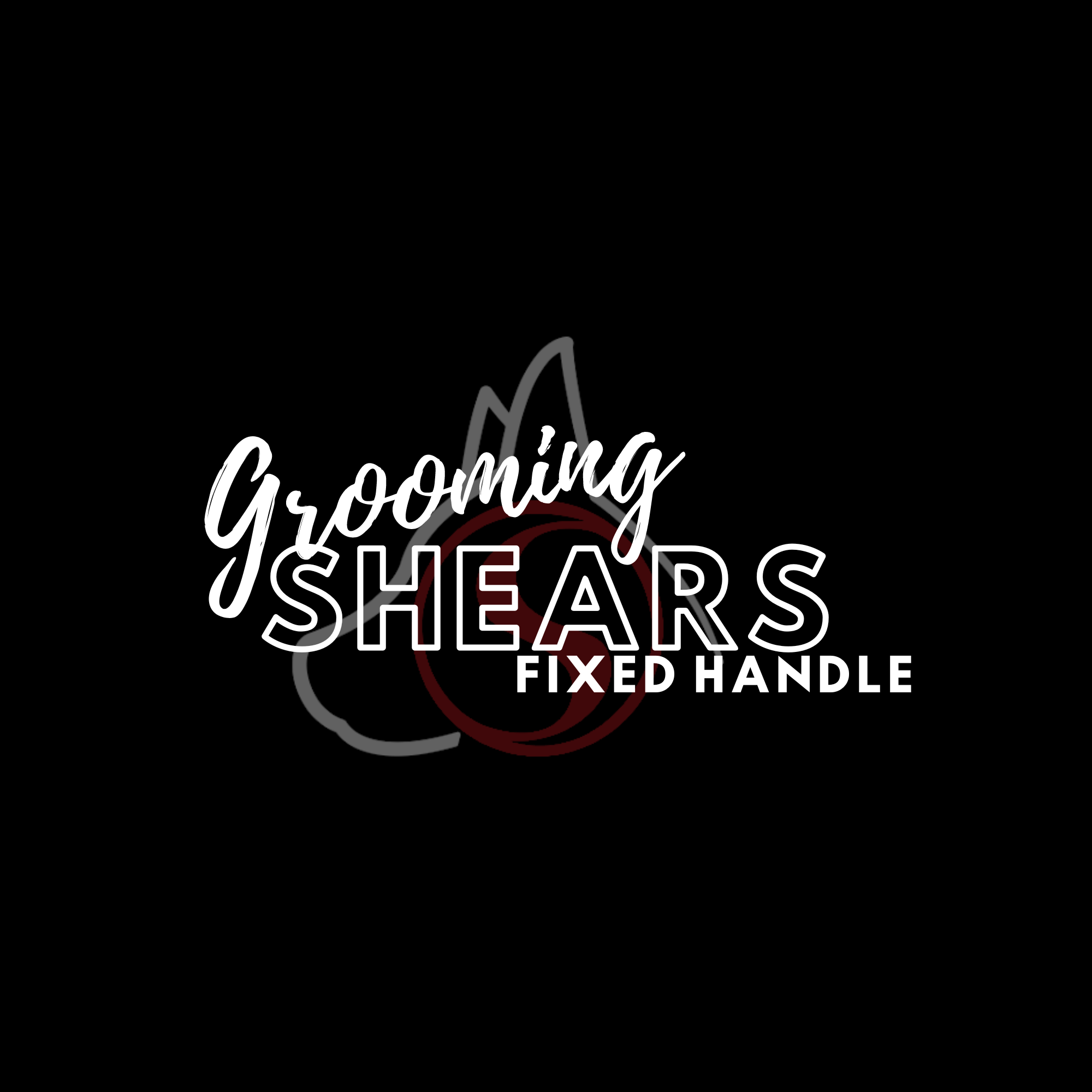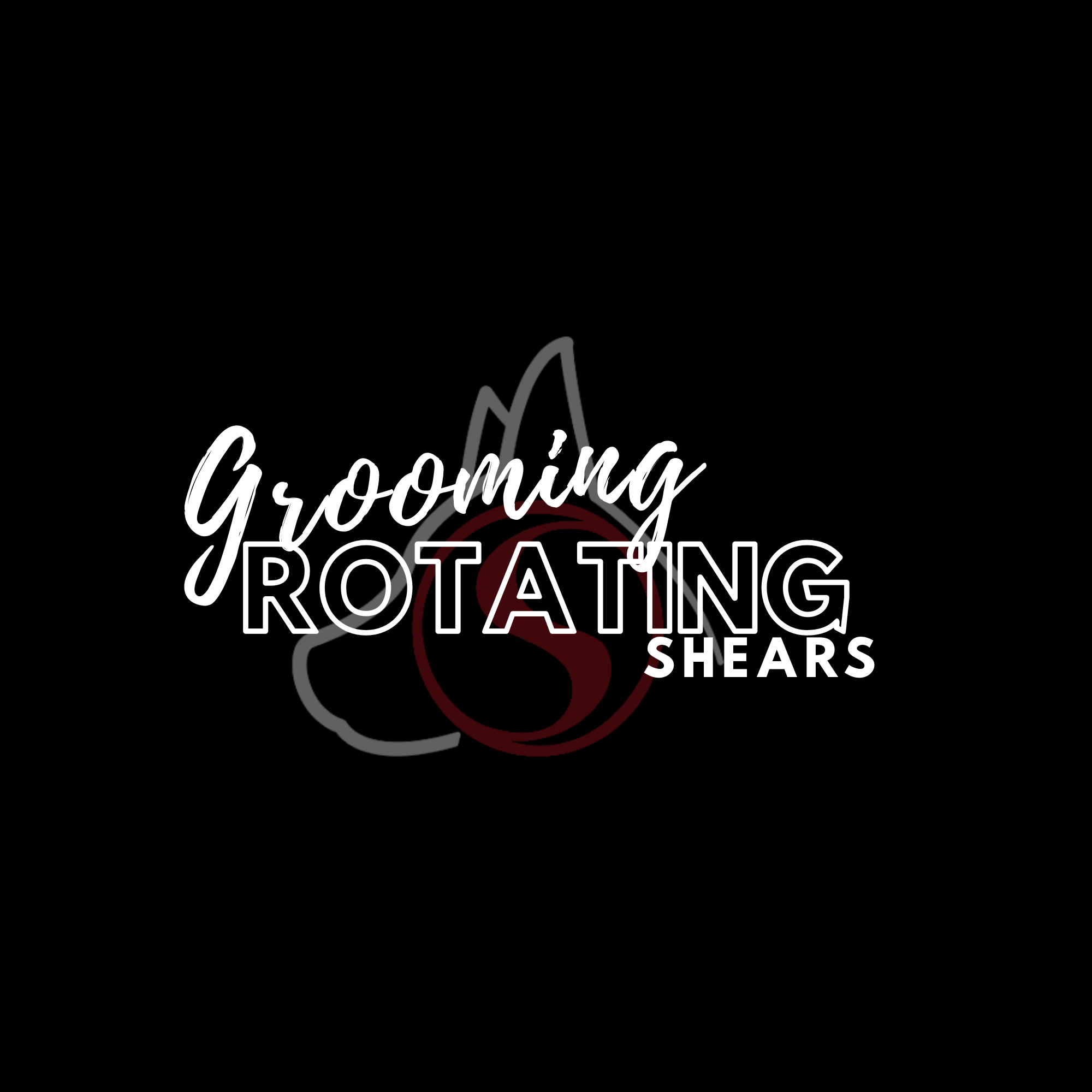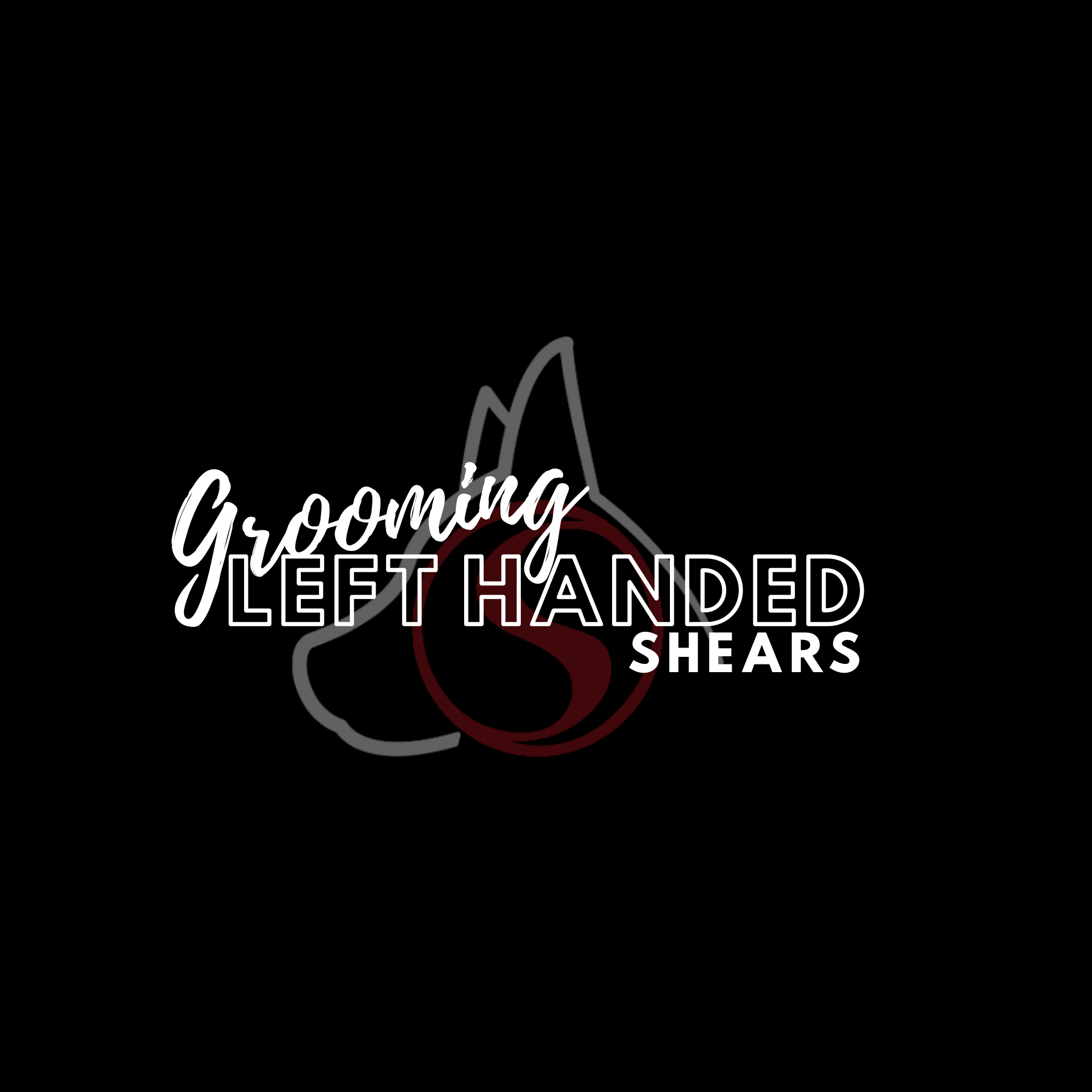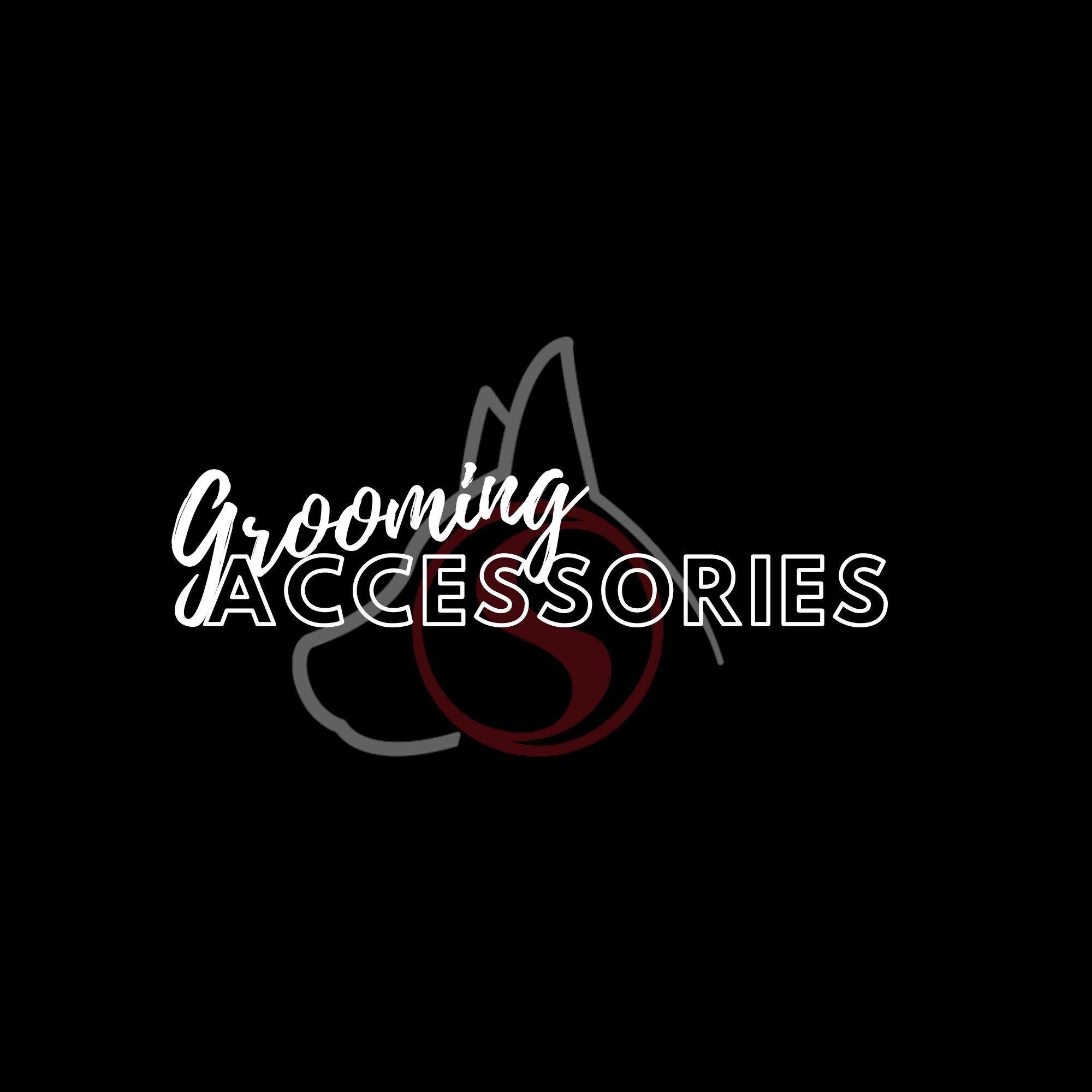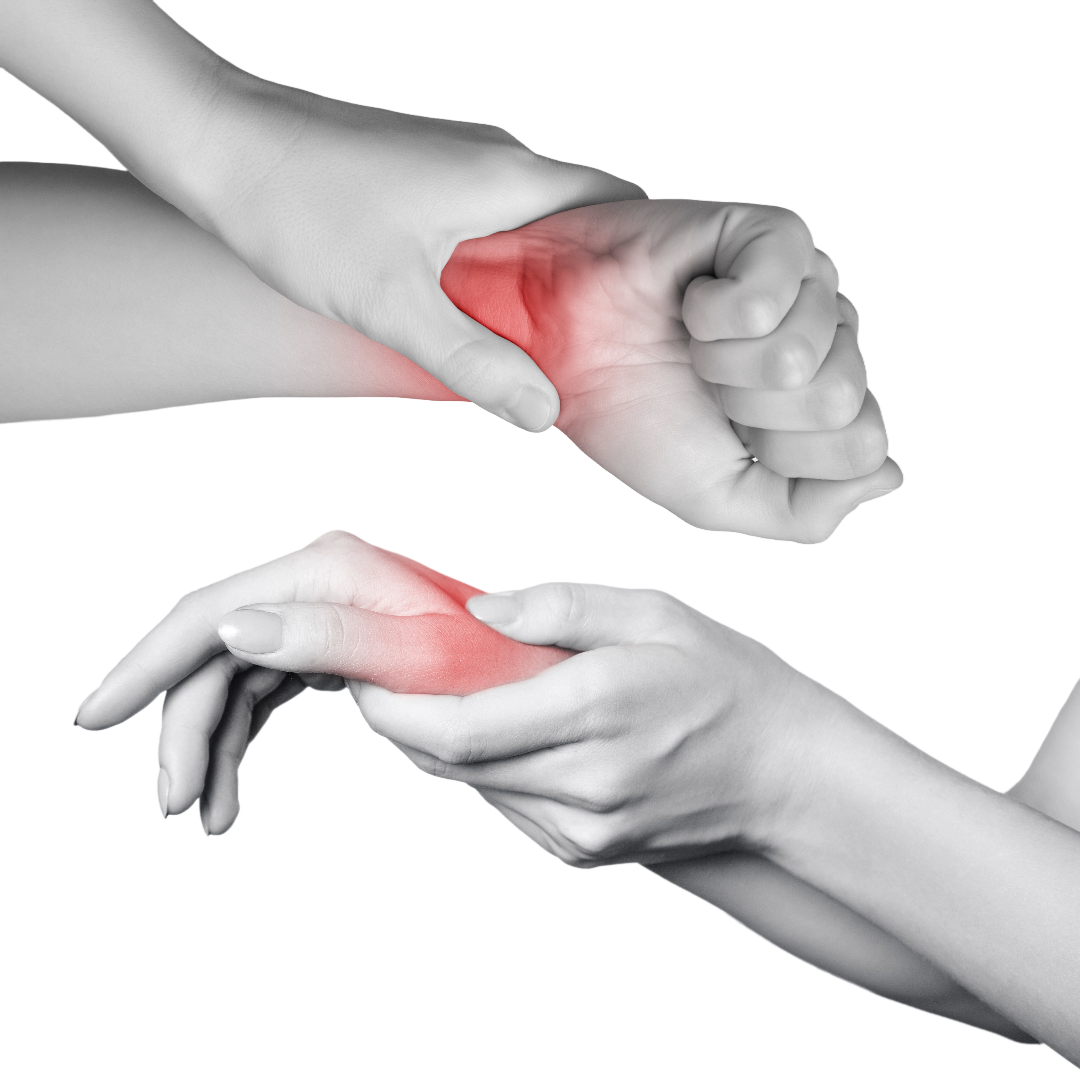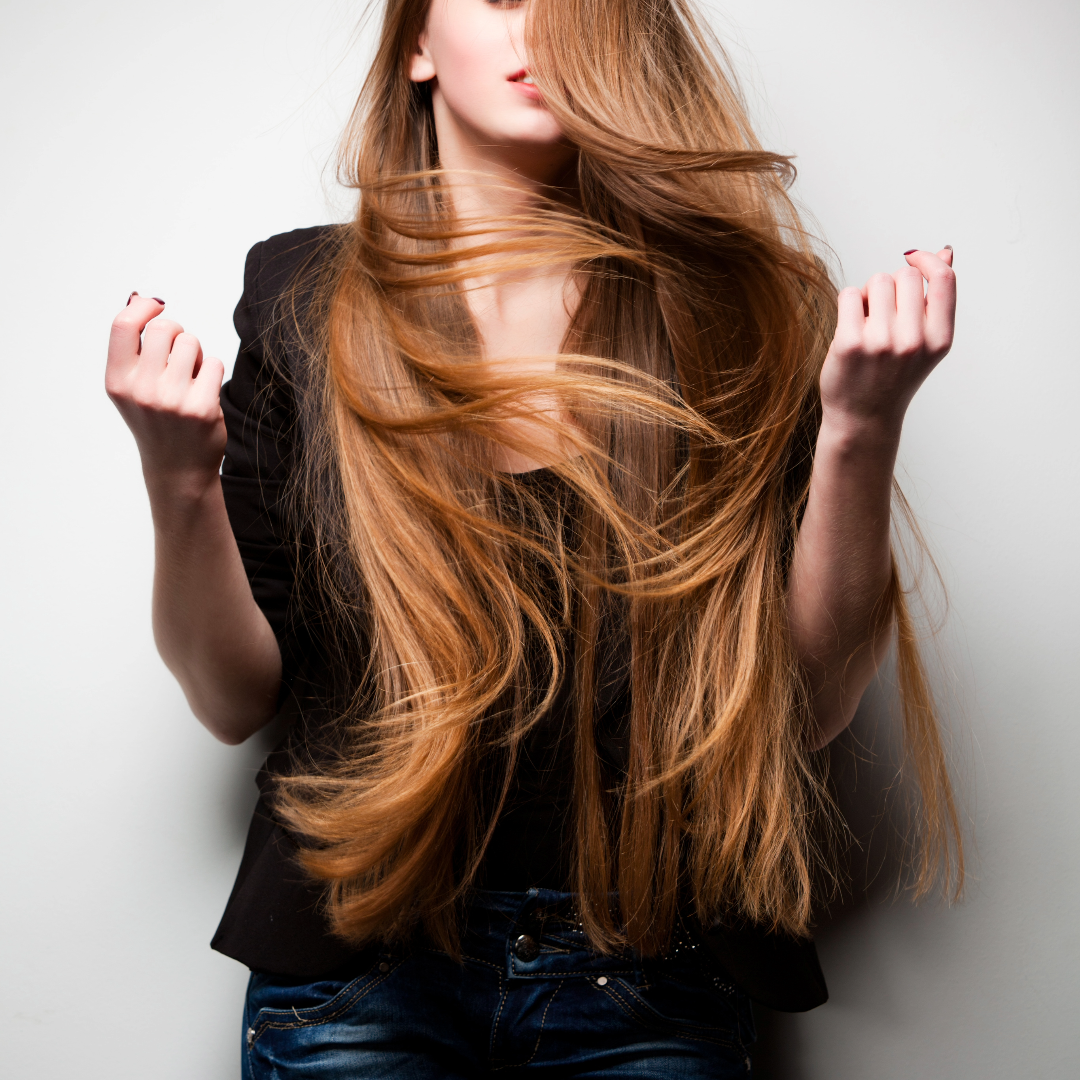How your hair cutting shears could be causing wrist pain
Anyone working in the industry will know that wrist pain can be a real issue. From stylists to barbers, after a day on the salon floor, pain may be something that you have to cope with on a regular basis. However, this isn’t necessarily simply a disadvantage of the job – your hair cutting shears could also be contributing to it.
The relationship between wrist pain and cutting hair
If you’re cutting all day then you’re using one very specific area of your body – your fingers, hands and wrists – repeatedly, often to replicate the same movements over and over again. If the movement of operating your shears means that you have to reach your thumb back towards your ring finger then this stretches the thumb tendon. When you’re doing this repeatedly, every day, it creates a lot of stress and inflammation. You may also find that you have to hold your elbows high to cut, resulting in an unnatural stance that puts pressure on neck and elbows. These issues can result in a number of serious and painful conditions:
- Carpal tunnel syndrome. With this condition, where the thumb tendon passes through the wrist (via the ‘carpal tunnel’), any swelling in the tendon starts to press against nerve and blood vessels. As a result, you may feel tingling, weakness, numbness or pain in the hand.
- De Quervain syndrome. This condition is also caused by inflammation of the tendons and the friction that may come from the two tendons that control movement of the thumb swelling up inside the carpal tunnel. It can result in tenderness around your wrist and thumb, swelling and pain. In extreme cases tendons may even snap.
- Tennis elbow. Also known as lateral epicondylitis, tennis elbow is caused when muscles and tendons of the forearm, near the elbow joint, are overused. This can result from holding the elbow up all day to cut hair.
- Neck and shoulder pain. You may experience pain across the shoulders and neck from an uncomfortable cutting position.
The type of shears that you’re using will have an impact
Opposing grip and regular offset shears can be particularly problematic. For example if you’re using shears with an opposing grip, your thumb is repeatedly stretched back towards your ring finger. This is not a natural position for the thumb and pushes it to the outer limits of its range – the result is often the inflammation that can lead to carpal tunnel syndrome.
Opposing and offset handle designs can also be the cause of tennis elbow and shoulder and neck pain. This is because they require a stylist to work with an elevated elbow, which puts pressure on the shoulder and elbow and reduces blood flow to the elbow. This stance may also unnaturally bend the wrist.
Problems with dull hair cutting shears
If your shears are dull then it takes more effort to cut and this also puts more pressure on the thumb. This, and the necessity of cutting more to get the same effect if shears are dull, can cause serious repetitive strain. That’s why it’s important to look for the signs of dull shears – such as pushing hair when you try to cut – and get your shears sharpened regularly to help avoid injury.
Repetitive Strain Injury (RSI) can be a real issue for anyone regularly cutting hair and it’s important to be aware of its causes – as well as the role that your shears have to play in making it worse.





